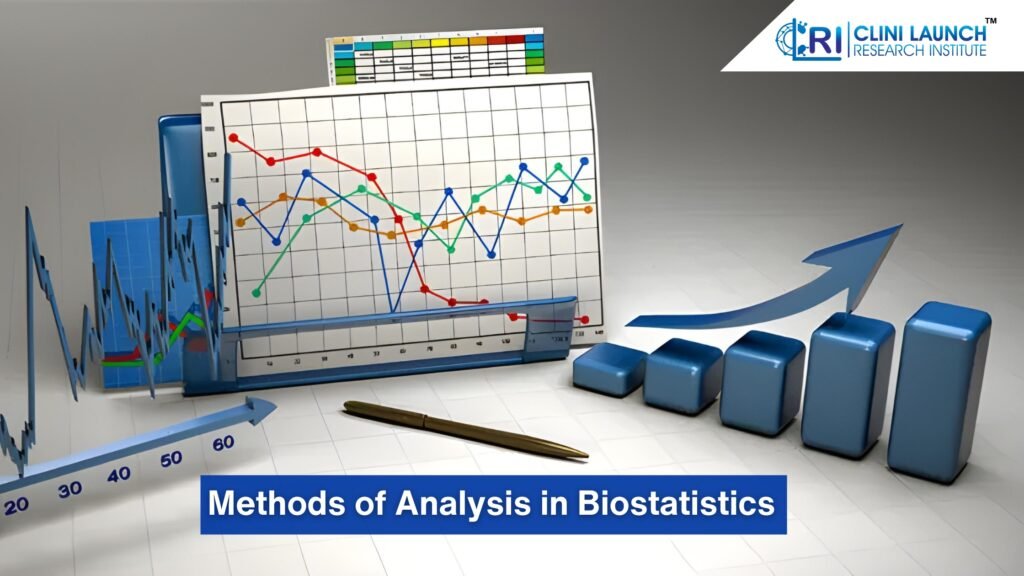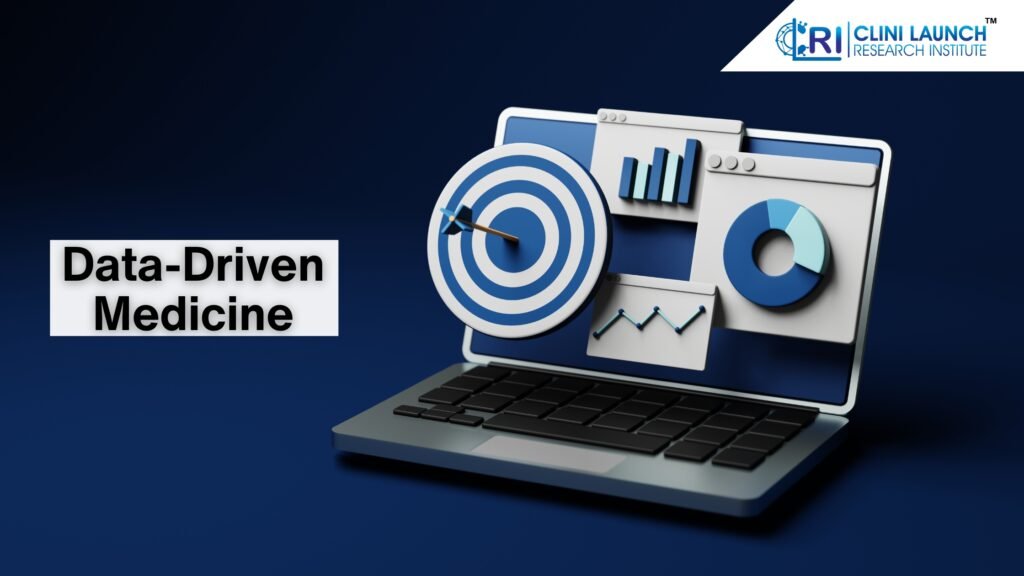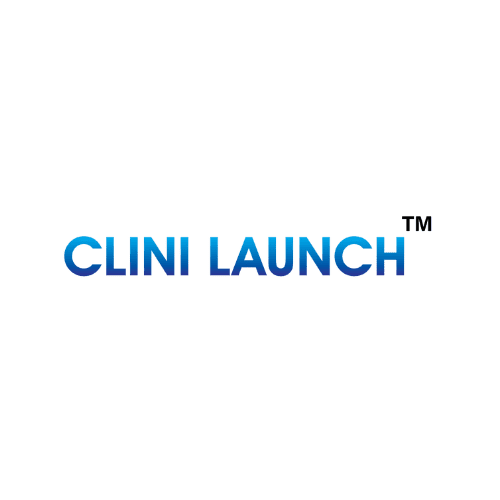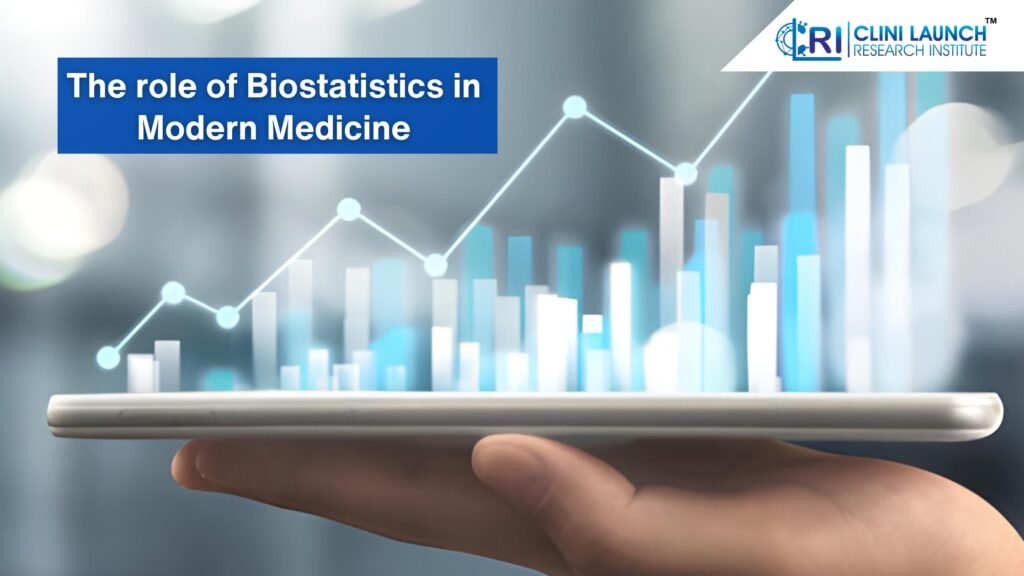Biostatistics is the subdivision of medical statistics applied to biological areas in medical research. It covers agriculture, anthropology, biochemistry, biology, demography, epidemiology, genetics, health, medicine, nutrition, etc. Biostatisticians analyze produced data, its hypotheses, implementation and monitoring . Analyzing produced data helps the researchers design and prepare a manuscript. The manuscript describes the data in a scientific and structured way through a graph table or charts.
In this blog, get an overview of medical statistics, methods of analysis, and epidemiological analysis.
The Role of Medical Statistics
Nowadays, medical statistics is used to understand and interpret statistical information understand and interpret statistical information. With the use of biostatistics analyze and design clinical trials while studying the disease distribution in populations and developing new treatments. In medical research, the role of statistics begins from planning study design to selection of sampling techniques to formulating research methodologies.
Learn Biostatistics! Join PG Diploma in Biostatistics!
Methods of Analysis in Biostatistics

The researchers use two consecutive statistical methods integrating descriptive and inferential statistics. These two are: Descriptive statistics and Inferential statistics. Descriptive statistics summarizes data using mean & median, while inferential statistics conclude from data using t-tests, ANOVA, etc.
Inferential Statistics
Inferential statistics is a method of using data samples concluding confirmatory data analysis. It allows you to assess the patterns in your sample that are likely present in the population. Common inferential statistical tests include t-tests, ANOVA, Chi-square, regression as biostatistical methods. It will be assessing the strengths of medical evidence.
Descriptive Statistics
Descriptive statistics provides a range of frequency and distribution characterizing data collection from samples representing the population. It specifically focuses on analyzing and describing a dataset’s main characteristics and features making generalizations or references to larger populations—some of the common descriptive statistical analysis including association, central tendency, distribution, and dispersion.
Biostatistical Methods and Epidemiological Analysis

In the era of modern research, research fellows use epidemiological analysis. In epidemiological studies, researchers use research methodologies and statistical tools. It is to find the causes and risks of particular diseases in certain population groups. Using biostatistics, biostatisticians determine disease development, progress, and its spreading nature. With disease behavior prediction biostatisticians do epidemiological analysis using biostatistical methods.
Data-Driven Medicine

Nowadays, navigating the complexities of medical statistics is not an option. The increase in the data used from genomics and health systems is central. It significantly contributes to the future of medicine. When it comes to data-driven medicine, it looks at how scientists and members of the public perceive the implications of diagnosis and treatment.
Learn Biostatistics! Join PG Diploma in Biostatistics!
Enhance Healthcare with Valuable Insights
Health statistics is a medical research integration used by biostatisticians to conduct tests to analyze and determine experiment results and findings. The application of medical statistics in the healthcare industry enables the public to have a better understanding of the risks a disease poses. To gain valuable insights, the statistics show the impact of policy changes, tracking and monitoring health events, quality, and safety accessibility. Health statistics provide evidence or facts supporting the conclusion. In the health stats, evidence-based medicine (EBM) and informed policymaking are essential to inform best practices to provide health care and promote population health.
To Sum Up
Thus, investing in biostatistics helps you get technical skills, improve patient outcomes. It will also help you in contributing to your career in healthcare. Using biostatistics empowers professionals to make informed decisions, drive meaningful discoveries. Biostatisticians contribute to improving patient care and public health. Choosing biostatistics? Join PG Diploma in Biostatistics from CliniLaunch, an upskilling institute. At CliniLaunch, we will help you further proceed with your career in biostatistics.
For more information, connect with us at +91-8904269998.






I genuinely enjoy looking at on this site, it has got wonderful content
Thanks for reading, Leigha ! What kind of content are you particularly interested in?
wonderful points altogether, you just won a new reader What could you recommend in regards to your submit that you just made a few days in the past? Any sure?
Your point of view caught my eye and was very interesting. Thanks. I have a question for you.
Hey, I enjoyed reading your posts! You have great ideas. Are you looking to get resources about Airport Transfer or some new insights? If so, check out my website 46N
On this website, you will find details about 1Win casino in Nigeria.
It includes key features, including the popular online game Aviator.
https://1win-casino-ng.com/
You can also explore sports wagering opportunities.
Take advantage of a seamless gaming experience!